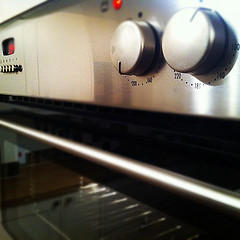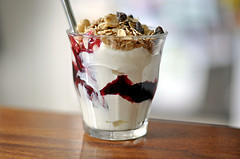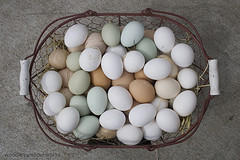Many parents worry about whether or not their child is getting the proper vitamins and nutrients. Until your picky eaters are old enough to fully understand the benefits of healthy eating, you may need to adopt a tactical approach to their meal prep — one that involves sneaking in some fruits and veggies! These recipes are so tasty, they’ll be none the wiser!
- Make your own ice pops. Instead of giving your kids sugar-laden, store-bought ice pops, replace them with homemade versions that are just as delicious. Make your own using 100 percent fruit juice and frozen berries in an ice pop mold.
- Stir spinach into your pasta. If you make a family-sized pot of pasta for a weeknight dinner, stir spinach into the sauce for a full serving of veggies that the kids likely won’t even notice. You can even add the mild tasting green to macaroni and cheese!
- Make a cauliflower pizza crust. If your kids refuse to eat pizza topped with vegetables, cut calories and incorporate a sneaky serving of veggies by using a recipe for cauliflower crust.
- Top burgers with fresh veggies. For children who are less squeamish about veggies, make treat meals like cheeseburgers a bit healthier by topping with fresh vegetables. Add fresh spinach, sliced tomatoes, and even onions in addition to the burger patty and melted cheese.
Cooking Tips [Fruits & Veggies More Matters]
5 Ways to Sneak Veggies into Family Meals [Eating Well]
Sneak Vegetables Into Your Kids' Food With These Tasty Recipes [All You]






 Equal Housing Opportunity
Equal Housing Opportunity